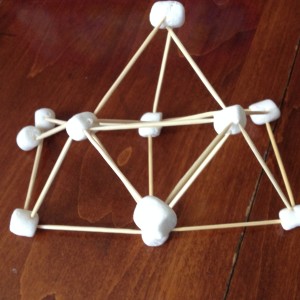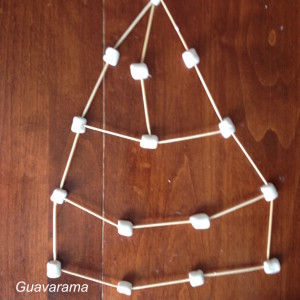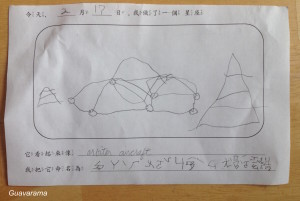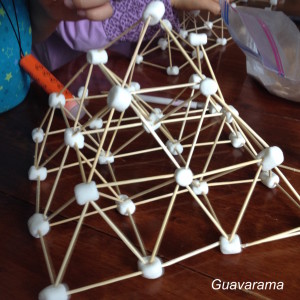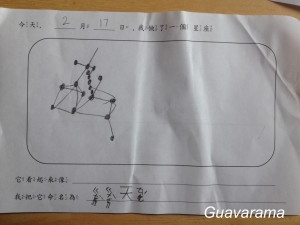BFSU: D5 – Time and the Earth’s Turning
Montessori: Days of the Week, Months of the Year, Astronomy – Constellations
Someone asked in a FB group a few weeks ago how our BFSU curriculum was going. That comment finally spurred me into spending a day mapping the BFSU curriculum into Montessori curriculum. I found out that my Montessori album covers some topics in the BFSU middle school curriculum. But there are some topics covered is BFSU that are not in my Montessori album.
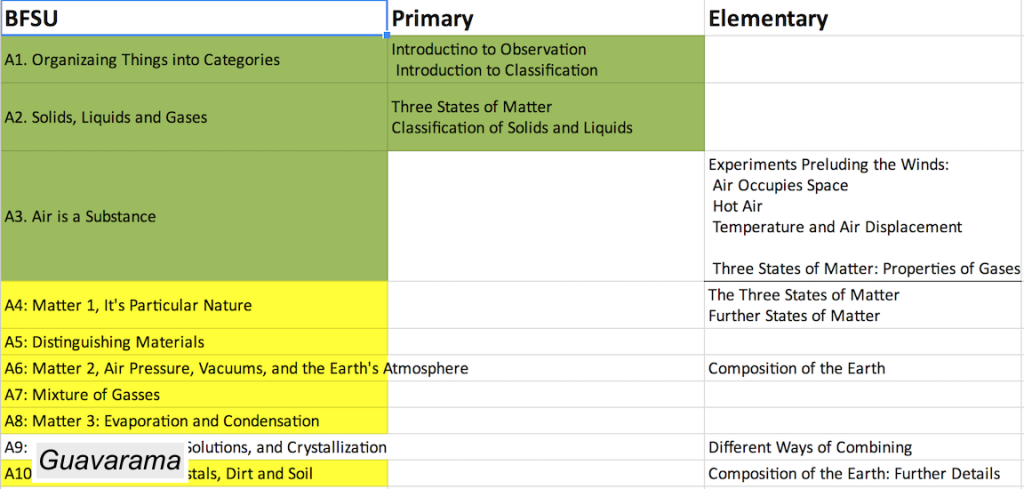
I was trying to figure out our semester’s curriculum after the First Great Lesson coming up next week. For this week, I thought we’ll cover constellations since we’ve already done planets at home. Totally random topic.
But in doing my research, I learned that the ancient Babylonians and Egyptians used the stars to tell time! This just happens to fit what we’re studying next week in Chapter 7 of Story of the World and last week’s co-op topic on Clocks and Time!
Serendipity!
I learned all about the stars and what constellations are and how the sky was divided into 12 quadrants and equivalent 12 months by the Babylonians. Things I never knew before. Now I feel more equipped to go to a Planetarium.
After tons of research, the 2 activities I decided to do were flashlight constellation and marshmellow constellations.
Flashlight Constellations
Materials needed: non-LED, non-refracted flashlight; Fruit cocktail pull-up can with a lip, can opener 1/8″ wide 2″ reach hole puncher, some paper constellations
Here is a pic of the hole puncher that we got from Michaels. (That also took me two tries to figure out 1/8″ is best.) Plus what I did in the name of homeschooling, removing the glass in my emergency flashlight, and using a black dry erase marker to color in the silver reflector. In the end not sure if it’s necessary. But try that if you’re having trouble with the flashlight.
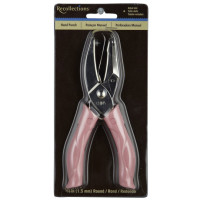
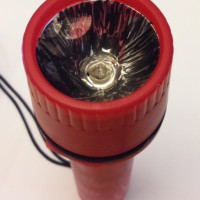
As with every presentation, I first reviewed last week’s presentation so as to show a connection in topics. I asked the children if they remembered how we tried to keep track of time. It took them a long time to remember. I had to kind of guide them and ask some leading questions. A sure sign that just because kids do hands on activity it doesn’t mean they remember why they did it. Once they said that the sun was used in the shadow clock, I asked them “What happens when there’s no sun? What if it’s night time? How could they tell time?”
When the children suggested that we can use stars, I told them that’s what the Egyptians and Babylonians did; that they observed the sun going into an orbit over a year’s time and how they decided to divide the sky into 12 quadrants. I briefly mentioned the 12 months and 30 days per month but I don’t think they remembered.
We then lead into today’s project.
Before we go on, let me just say, this took me 5 hours to prep with 4 different versions because, PINTEREST FAILS.
The idea is simple. Punch a few holes, shine a flashlight through it up against the ceiling, voila, see stars!
But what I learned was:
- The holes need to be super small if you’re going to shine the flashlight directly next to the hole. The bigger the hole, the further away you hold the flashlight.
- You need non-LED lights because otherwise the circles you punch show up as perforated circles due to LED lighting.
- I had to take off the glass or plastic coverings on all my flash lights so it doesn’t shine funny.
- You need a strong enough flashlight. If the light is too weak, you can’t see the stars clearly.
- You may need to adjust flashlight angle, and not shine directly, depending on your flashlight.
(Note: As I was doing this, I thought about how much cooler it would be if Thumper and Astroboy were to work on this from beginning to end, and had these realizations themselves. To me, this project was satisfying because I figured some things out on my own. Rather than following instructions on something that works and then getting bored fairly quickly at the craft project. It’s the fun of science really. Hopefully this is something I can work towards in the future.)
So once you understand these basic principles, you can really use anything to construct a 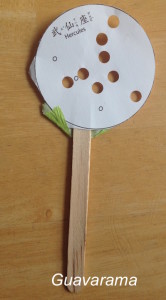 flashlight constellation. Here are some combos
flashlight constellation. Here are some combos
- paper towel roll + aluminum foil with medium size holes – Not really interesting
- Flashlight + aluminum foil with tiny holes
- Tin can + paper with 1/8″ holes + flashlight – Our version
- popsicle stick + flashlight + small/medium size holes – Our alternative version
Instructions:
- Have the children connect dots on some paper constellations, cut them out, and hole punch them. Here’s the PDF that I used.
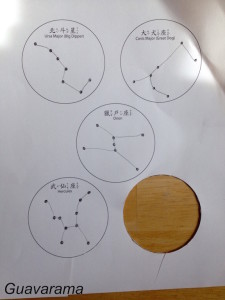
- Eat all your fruit cocktail and use a can opener to open the other side as well.
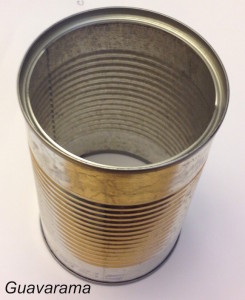
- Fit the cut constellation into can. Trim paper as necessary. It’s deliberately slightly big so that it won’t just fall through.
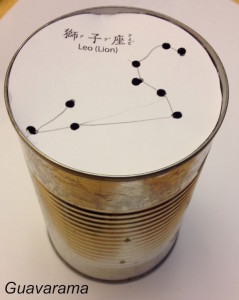
- Hold a flashlight under it (at an angle in our case). Don’t push it all the way in. Shine it on the ceiling. We also used a garage since we did it in the day. Three pics here. One is how we held the flashlight, one is holding it in the dark, and third – those are not splotches on your screen, but the constellations!
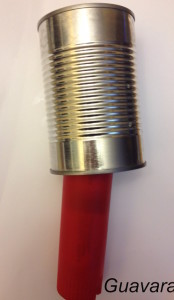
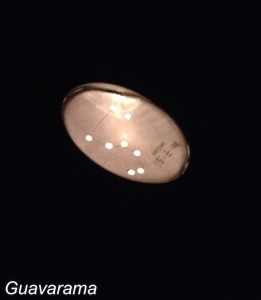
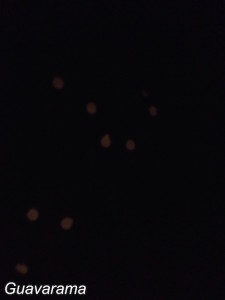
Astroboy and I did a follow up today where I had him cut up his constellations and have Thumper guess what it is when I shine it on our living room wall. I was expecting the kids not to know because both got lost interest after cutting 2-3 constellations in our co-op. But amazingly, they knew the names of all five. Hopefully when we go to Yosemite next time and look at the stars, the kids can really recognize them!
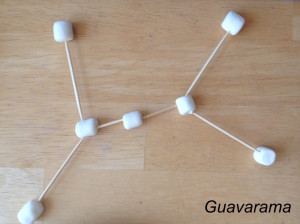
Marshmallow Constellations
Materials needed: mini marshmallows, toothpicks, paper documentation, pencil
The highlight of the day was really the marshmallow constellations. The kids had seen the bag of marshmallows earlier in the day and it’s the one thing they were preoccupied with all day. They kept asking when we could do this project.
Lesson learned. Keep things that are distracting out of sight!
I started the presentation by saying that we’d just observed a known constellation. Now, they’re going to create their own constellation. Rather than letting everyone just dive in immediately I kind of first showed them how we’re going to use the marshmallow and the toothpicks, and what they will fill out on the paper after they’re done.
This is an important step I’m learning. If you just let the kids go immediately, you cannot get mad if they work with the material in a way that’s different from your expectations.
For about 30 minutes, and Astroboy for an hour, the kids were mostly quiet, for the first time that day! They concentrated on building several different constellations and documented their creation. Astroboy especially, stayed at the table and slowly and methodically built his two constellations, painstakingly wrote their a super long name in zhuyin and then proceeded to build another one.
I had expected him, with his sweet tooth, to rush through them so he can eat the finished product. But he didn’t. It was amazing to watch his intense concentration (especially giving that he typically gets tired or gives up easily in any co-op activity) and a great reminder of what happens when a child is truly interested in something and cannot be interrupted.
Because they did get to eat their creation, we had to eventually put a stop to the eating.
Astroboy constructed a pyramid, then of course he had to build an orbiter aircraft.
Thumper started with an abstract figure, and then she had to go big to eat as many marshmallows as possible.
Here’s what another child made. One girl ate her creation of the crown before I got a chance to take a pic!
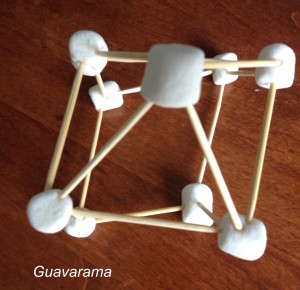
Vocabulary
Though I knew both the term 星座 and constellations, I never made the connection they were the same thing till I was researching this presentation. Did you know different civilizations call the same set of stars different things?
Also, marshmallows and cotton candies apparently are called the exact same thing in Chinese, at least according to the native speakers in our co-op.
- Constellations – 星座
- Canis Major – 大犬座
- Orion – 獵戶座
- Hercules – 武仙座
- Big Dipper – 北斗七星
- Leo – 獅子座
- marshmallow – 棉花糖
